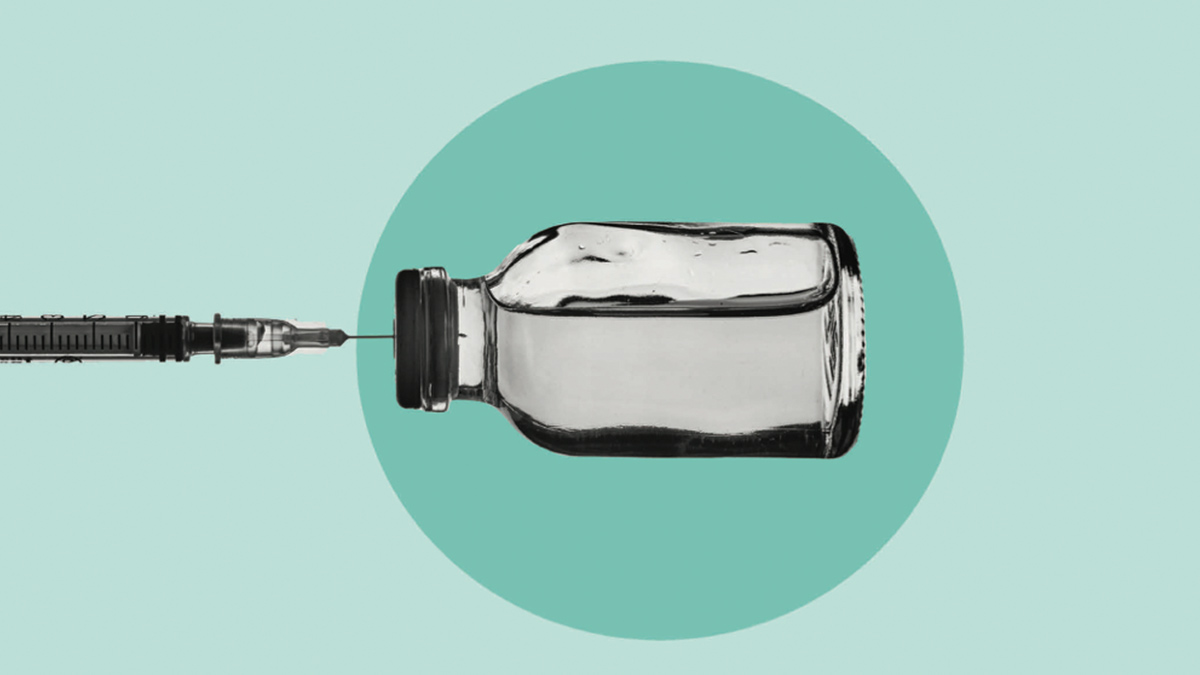Hydromorphone is a morphine derivative first patented in 1923 and used to treat moderate-to-severe pain. While it is about five times more potent than the morphine used in its semi synthesis, a Cochrane Review in 2021 found little difference between it and other opioids for cancer pain. So why then is it back in the news?
The reason is its central role in the highly controversial Safe Supply drug policy in the Canadian province of British Columbia (BC), and in Vancouver in particular. It is prescribed in tablet form in combination with standard opioid substitution therapy (OST) involving either methadone or slow-release oral morphine. The idea, say proponents, is to minimise harms associated with the unregulated drug market, especially the enormous overdose death toll that has persisted in the notorious area of Vancouver known as Downtown Eastside (DTES), despite the availability for many years of numerous harm reduction initiatives, including supervised consumption rooms, naloxone, and increased access to OST. One hydromorphone initiative in the DTES involves the distribution of hydromorphone ‘pills’ to a registered pool of high-risk users through an externally-mounted, biometrically-controlled dispensing machine – basically an ATM for drugs.
The number of acronyms involved in describing this policy is bewildering, ranging from SOS for Safe Opioid Supply and SOD for Safer Opioid Distribution to PSS for Prescribed Safer Supply. This last one is the term used in a review of such programmes in BC, prepared by its Provincial Health Officer and dated December 2023. In it she claims that the horrendously large number of deaths in BC and Canada due to drug toxicity (20 per day in 2022) are primarily due to contaminants in the unregulated drug supply; including fentanils such as fentanyl and carfentanil; benzodiazepines; and other potent contaminants such as xylazine. Incidentally, the latter – with its links to horrendous skin ulceration that I wrote about in April last year – has now found its way into the UK illicit drug scene not only in heroin but also in counterfeit codeine and benzodiazepine tablets and even THC vapes according to a 2024 article in Addiction. The Health Officer describes PSS as the prescribing and dispensing of pharmaceutical-grade alternatives to what she refers to in highly emotive terms (in my opinion) as the poisoned supply.
Now it is true that fentanils are highly toxic as are the nitazene group of synthetic opioids that caused the spate of overdoses here last November. It is also true that xylazine increases the risk and extent of opioid-related respiratory depression and the resulting anoxic brain injury in those fortunate enough to be resuscitated using naloxone. The emergence of these three as problematic drugs has much to do with a shortage of heroin (due to the decision by the Taliban in Afghanistan to ban poppy cultivation). It is also linked to the move by Mexican cartels into fentanyl synthesis and smuggling as an alternative income stream after the legalisation of cannabis in many states in the US.
Notwithstanding that, it is naïve at best to imply that contamination alone is the problem, and doing so perpetuates a myth among many drug users that there is nothing wrong with their drug if only it was pure pharmaceutical grade material. I keep having to remind people that, along the lines of the Clinton campaign slogan, “It’s the drug, stupid!”. Remember that two thirds of our overdose deaths involved prescribed pharmaceutical grade drugs, and that pharmaceutical grade diacetylmorphine, fentanyl, cocaine, and methylamphetamine are all lethal poisons in their own right. The oxycodone saga in North America is also eloquent testimony to the fact that pharmaceutical grade opioids are not in any way safer than street drugs.
The stated aim of the BC policy is to reduce substance-related harms including overdoses; enhance connections to health and social supports; support engagement into treatment; and improve health and wellness in drug users. The Health Officer claims that evidence for PSS is promising but not yet fully evidence-based as it is part of a continuum of services making it difficult to attribute any benefits to PSS alone. The report refers to feelings of clinical futility among many clinicians consulted because most of their patients receiving hydromorphone were not experiencing improved health outcomes, including lower drug poisoning risks. Indeed, many were reported as having a general worsening of their condition in terms of deprivation, mental health, and drug use due to what were described as the negative effects of PSS. Less than 24 per cent were still in the service after two months. A major concern has been the diversion of hydromorphone by drug users who find they need to take too many tablets due to high levels of tolerance. Such diversion is common as clients sell their hydromorphone in order to buy fentanyl, which is their drug of choice. The report notes that there is little evidence that diversion is leading to young people starting use although significant seizures of tablets have been made by police.
A separate independent analysis, reported in January of this year in JAMA Internal Medicine, found that the SOS policy in BC was associated with a 52 per cent increase in prescriptions and a significant 62 per cent increase in opioid-related poisoning hospitalisations. There was no statistically significant change in deaths which is positive in one way, but negative in that the policy does not seem to have reduced the enormous death toll in Vancouver.
This paper noted the long history of harm reduction initiatives in BC including supervised consumption sites so it was not really a surprise that the Health Officer’s review called for further medication options, including powdered fentanyl for smoking or injecting, fentanyl patches, heroin, injectable morphine, and hydromorphone as well as stimulants such as dexamphetamine, methylphenidate, and methamphetamine (because of the popularity of ‘goofballs’ involving co-injection of crystal meth and opioids in the DTES).
The review then calls for more liberal access to these drugs through consumption sites, compassion clubs, and even community activists. Community pharmacies are to be financially incentivised to provide fentanyl patch changes and to witness consumption of other opioid formulations including heroin. Not surprisingly, both the existing policy and the proposed changes have proven highly controversial. One commentator noted that despite the harm reduction emphasis for the past 20 years, overdose deaths in Vancouver had risen by 840 per cent since 2004, drug trafficking by 170 per cent, and less than two per cent of drug users were in treatment.
The American journalist Lincoln Steffens wrote after visiting Soviet Russia in 1919: “I have seen the future and it works.” Never having been to Vancouver, but having monitored its liberal drugs policies extensively, all I can say is “if that is the future then I am not at all sure that it works”.







